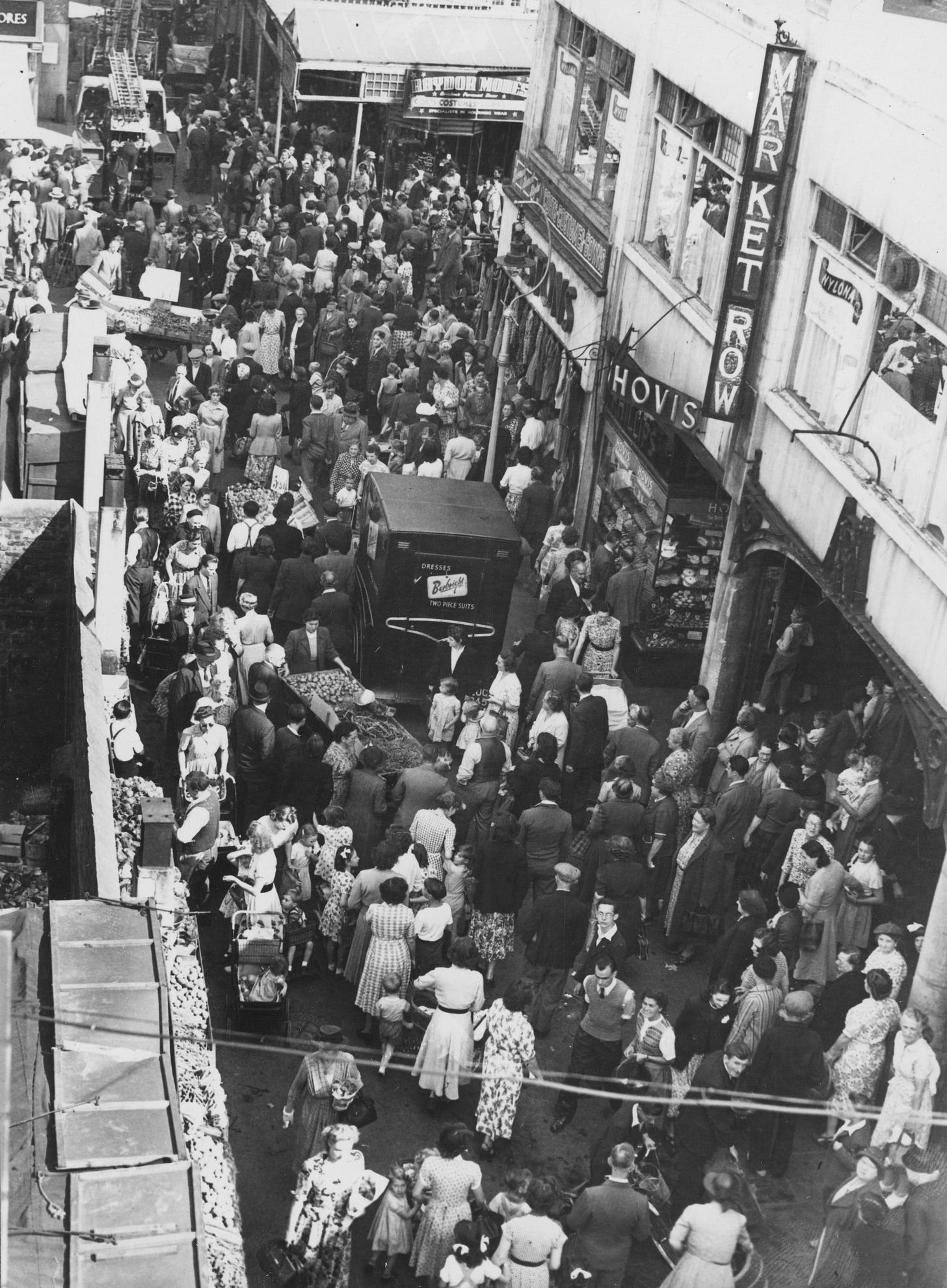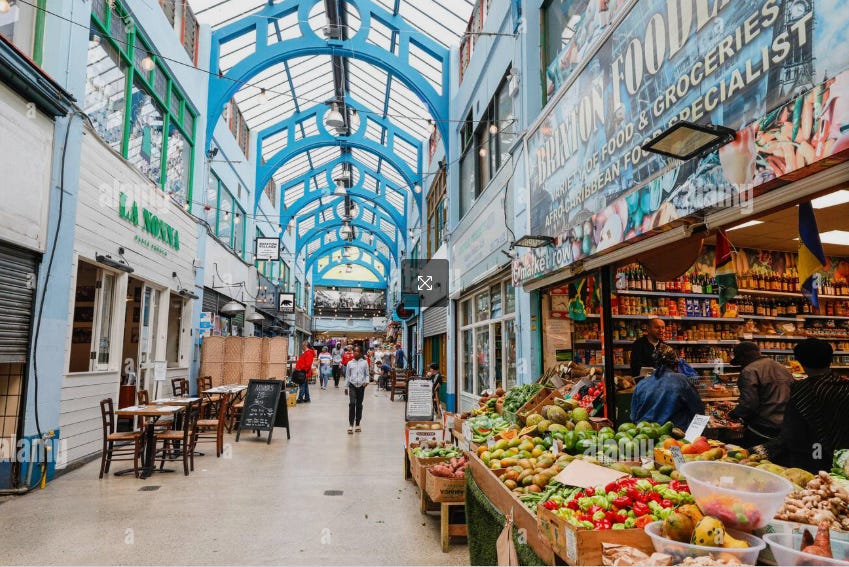Market Row: The revival of the original Brixton Village
A quiet renaissance of Brixton Village
As a child growing up in Brixton in the ’90s, I vividly remember weekends spent weaving through Brixton Village and Market Row with my parents. Mum would pull me along to Nour Cash & Carry and the many Afro-Caribbean grocers filling the market stalls. At the same time, my dad would inevitably pause to chat with the butcher or exchange friendly banter with the “fabric man”, a local favourite known for his vibrant African prints.
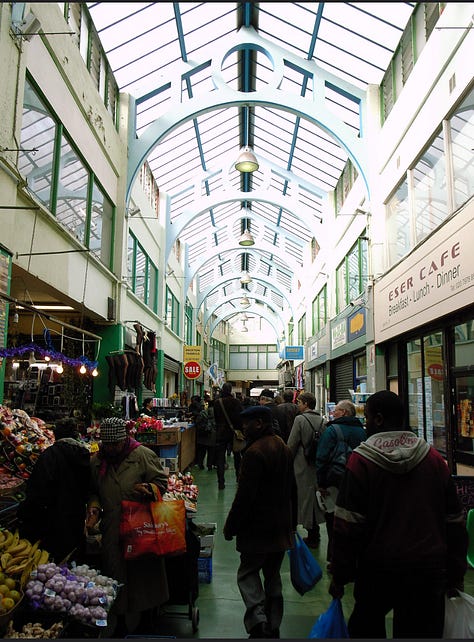
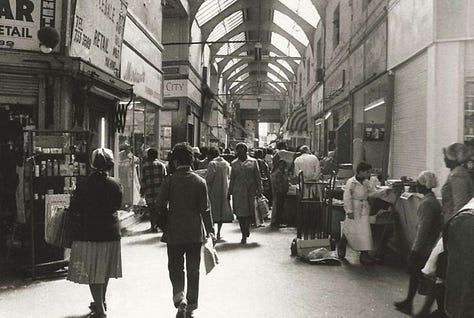
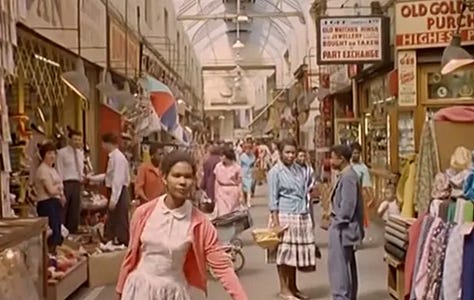
Back then, Market Row was a practical, down-to-earth gathering place for independent local businesses. While both markets—Granville Arcade (now Brixton Village) and Market Row—bustled with energy, familiar faces, and constant chatter, Market Row always felt a little quieter, tucked just around the corner. It was a market defined not by size or spectacle but by intimacy, familiarity, and genuine community spirit.
A Stroll Down Memory Lane….
Today, when people think of Brixton’s markets, it’s often Brixton Village that first comes to mind—yet just around the corner lies Market Row, quietly thriving with its own fascinating story.
Market Row first came to life in 1928—a lively open-air street lined with independent traders, each stall filled with fresh produce, household essentials, and local goods. Back then, Brixtonians would flock to the market, baskets in hand, exchanging greetings as they picked through seasonal fruit and vegetables.
By the mid-1930s, the market underwent a notable transformation. A distinctive glass dome was constructed, sheltering shoppers and vendors alike, and turning Market Row into the familiar enclosed arcade that would become iconic in Brixton. Underneath its glass roof, the market retained its bustling, intimate charm, filled with family-run butchers, fishmongers, bakers, and tailors.
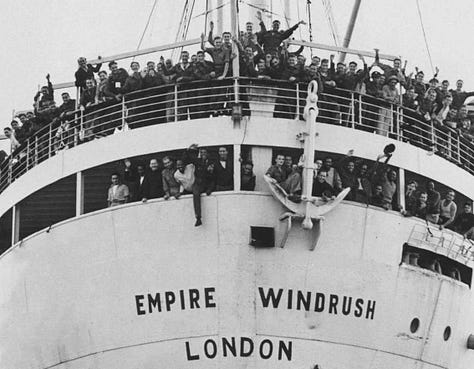
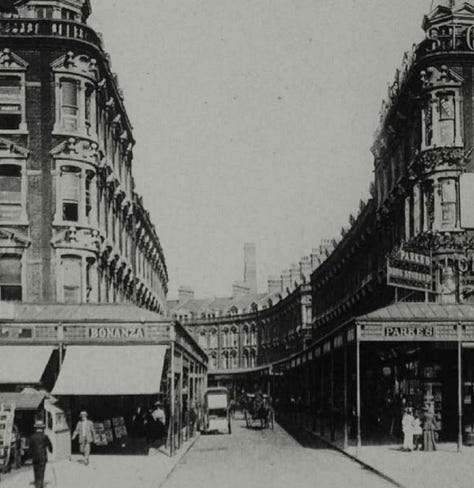
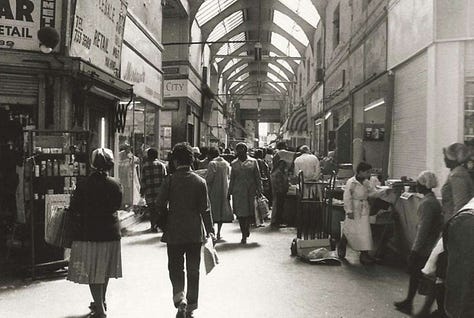
In the decades following the Second World War—particularly during the 1970s and '80s—Market Row evolved alongside Brixton’s changing demographics. The arrival of the Windrush generation transformed the market, bringing Afro-Caribbean grocers, vibrant tropical produce, and rich spices, creating a sensory explosion unlike anywhere else in London. Stalls became lively hubs for Caribbean culture, brimming with plantains, yam, fresh fish, and spices, while the air was filled with calypso, reggae, and friendly banter among stallholders and customers alike.
In these years, Market Row wasn’t just a place to shop; it was Brixton’s cultural heartbeat, a gathering place where community ties were strengthened, friendships formed, and traditions preserved.
Brixton in the Early 2000s — The Rise of a Foodie Hub
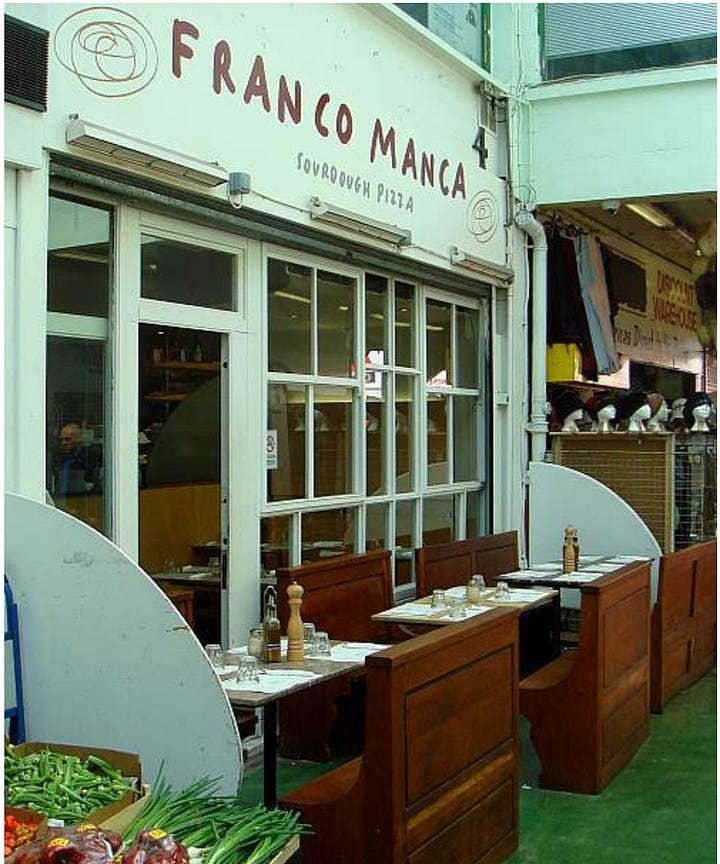
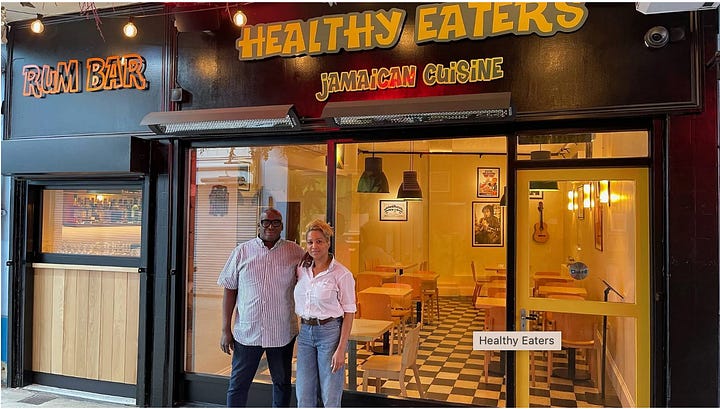
By the turn of the millennium, Brixton was poised for a new chapter. Granville Arcade—originally built in 1937—was rebranded as Brixton Village around 2009, evolving from a fading market into a buzzing culinary hotspot. This shift was marked by a wave of independent eateries moving in, supported by public grants and new private investment. In 2011, Honest Burgers opened its first location in Unit 12 of Brixton Village, starting from a modest 215‑square‑foot space. Their success helped signal Brixton Village’s emergence as one of London’s top budget-friendly food scenes.
Meanwhile, on the quieter side of Market Row, Franco’s Pizzeria, established in 1986, was rebranded as Franco Manca in 2008. This transformation included introducing a Neapolitan sourdough menu and a new wood‑fired oven, turning it into a trendsetting pizza pioneer whose roots remain firmly in Brixton.
From around 2010, Brixton Village became a magnet for bars, dessert spots, and boutique cafés, adding night‑time energy to the market. However, even as Brixton Village underwent gentrification, with rising rents and the influx of small chains, Market Row retained a quieter identity, attracting a slower, more deliberate crowd.
Market Row moves at its own pace: A New Chapter begins.
Today, Market Row remains firmly anchored by the now-legendary Healthy Eaters, a beloved Jamaican eatery run by community leader Stafford Geohagen and his wife. It’s almost impossible to walk through Market Row without receiving a warm greeting and an engaging chat from Stafford himself, compelling you to slow your pace and catch up on the latest community happenings.
I recently sat down with Diana Nabagereka, Brixton Village’s general manager, a Black woman leading the thoughtful evolution of Market Row. Diana shared her clear vision for the market’s future: nurturing independent, community-focused retail that blends long-standing traders with emerging local entrepreneurs. A key element of this vision involves restoring shopfronts to their original 1920s-style facades, honouring Market Row’s rich heritage and reconnecting with its community roots.
“The goal is to cultivate a dynamic high street of independent, slow-dwell retailers,” she explained.
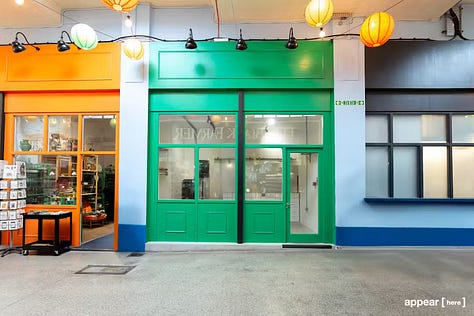
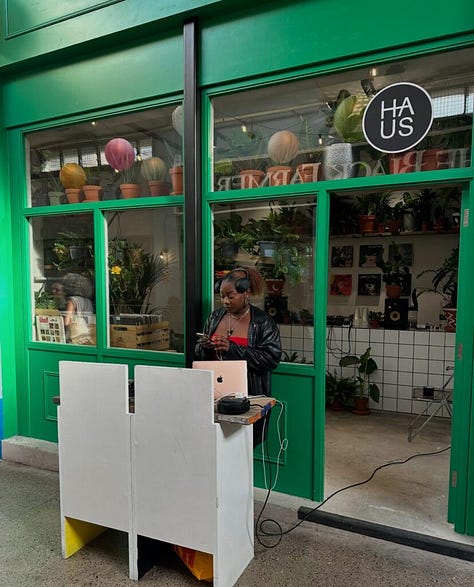
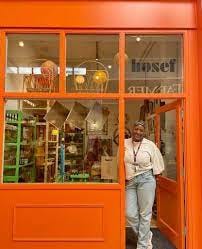
Her intention is for Market Row’s rebirth to be measured and conscientious, carefully balancing renewal with authenticity amid concerns of rapid urban change and gentrification. The focus is on attracting newcomers who are local, independent, or first-time business owners, deliberately steering away from large corporate chains.
As Market Row evolves—becoming cleaner, more diverse, and welcoming—it proudly retains its essence: a vibrant neighbourhood destination where shopkeepers warmly engage patrons, preserving the genuine community spirit that has defined it for generations.
Food and Drink
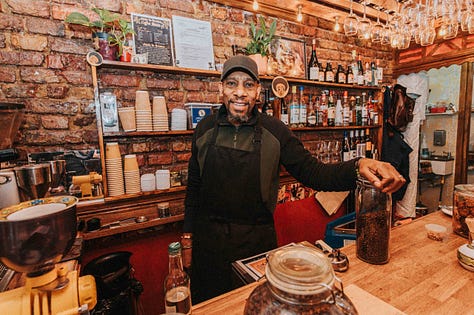
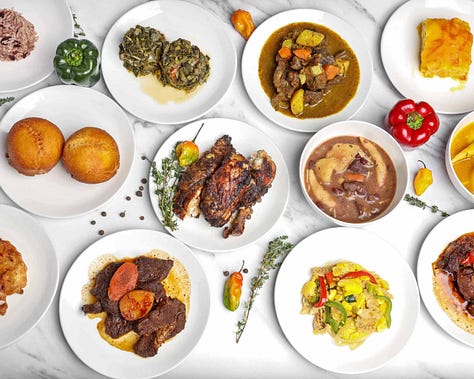
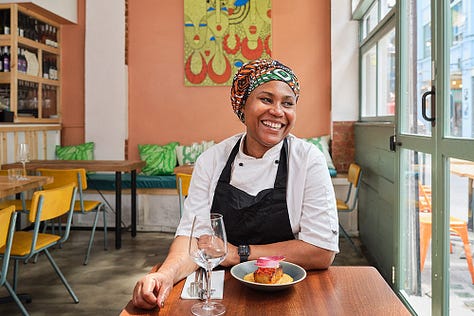
Food and drink remain at the heart of why I love Brixton and Market Row. I head straight to my favourite Jamaican spot, Healthy Eaters, for what might just be the best patties in London—you can fight me on that.
On many evenings, you’ll find me perched at the bar inside the Supercute & Harlem Brewing Taproom—a special project born from Brixton–Harlem cultural twinning. I sip on a Brixton Negroni or the iconic 125th Street IPA and soak in that transatlantic vibe .
For my coffee fix, I always go to Addis in Brixton, where the Ethiopian brew is more than a drink—it’s conversation, culture, and connection, all served by hand .
When I crave a little Latin taste, I head to my Venezuelan street food, and I’m all in at Arepa & Co. for the real deal arepas—they say nothing beats it, and they deliver. And until I tried Lima Limón in Market Row, I didn’t know that the best ceviche—and pisco cocktail—comes from Peru. This family-run gem has quickly become one of my favourite hidden spots.
Franco Manca might have moved on, but Brixton is always ready with the next big thing. Take Chishuru, a West African-inspired eatery that began right here in Market Row. It gained national acclaim, eventually earning a Michelin star and is now in Mayfair—proof that Brixton continues to create culinary legends.
Retail, lifestyle and community.
Around 2018, after years focused heavily on food and drink, Market Row has began shifting attention back to retail and community spaces. One of the highlights is The Black Farmer, a farm shop founded by Wilfred Emmanuel-Jones MBE. This is the brand’s first physical store, showcasing quality produce alongside food and drink from Black and emerging producers. It’s become popular because it feels less like a supermarket and more like a welcoming, community market.
Market Row blends vintage charm with fresh ideas. Vintage enthusiasts can spend hours exploring eclectic antiques at HOSEF or searching for retro fashion pieces at Little Sister. Meanwhile, Haus creates community through plants, vinyl records, and great coffee, and Ain’t No Saints mixes art, music, food, and drinks—part stylish bar, part vinyl record store, always buzzing.
For a deeper cultural connection, step into Wayne Campbell’s photography gallery, A Celebration of Demonstration, honouring protest and culture through powerful imagery. Nearby, you can browse beautifully curated local products at Pexmas, find bold, striking jewellery at Lalune London.
And upstairs in Market Row?

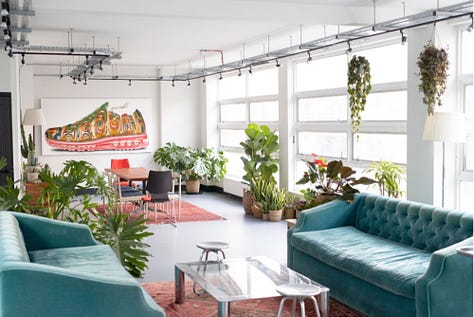

Above the storefront bustle lies a quieter, hidden layer. Studios and co-working spaces, including Impact Brixton—the community workspace I run—occupy the first floor. Most visitors strolling below are unaware that over 400 creatives and entrepreneurs gather daily, collaborating and shaping ideas in Market Row’s hidden spaces.
Community, Connection & Revival
Places like Brixton—and particularly Market Row—set themselves apart precisely because they aren’t hurried spaces like typical high-street chains. It’s not really about the shops and stalls, though they’re wonderful; it’s about the people behind them. It’s about the stallholders who genuinely want to chat, the shop owners who remember your name, and the meaningful connections that only happen when communities like Brixton come together.
As cities around the world face rapid gentrification, I’ve worried about how Brixton would survive these challenges. What I’m seeing now, though, gives me hope. Through careful curation and community resistance, Brixton maintains more Black-owned businesses and independent entrepreneurs than many other places navigating similar changes.
Supporting these independent businesses is crucial. When we witness regeneration—such as what is currently unfolding in Market Row—it’s vital that we lean in, pay attention, and leverage the opportunities these changes present. That’s exactly why I’m writing this.
So, head down to Market Row. Perhaps you don’t know half the places I’ve mentioned, and that’s exactly my point. Eat local, shop independently, and share your experiences with friends. Let me guide you through my neighbourhood and show you Brixton through my eyes.
Over the next few weeks, I’ll continue taking you deeper into Market Row’s quiet revival, sharing one story at a time.


